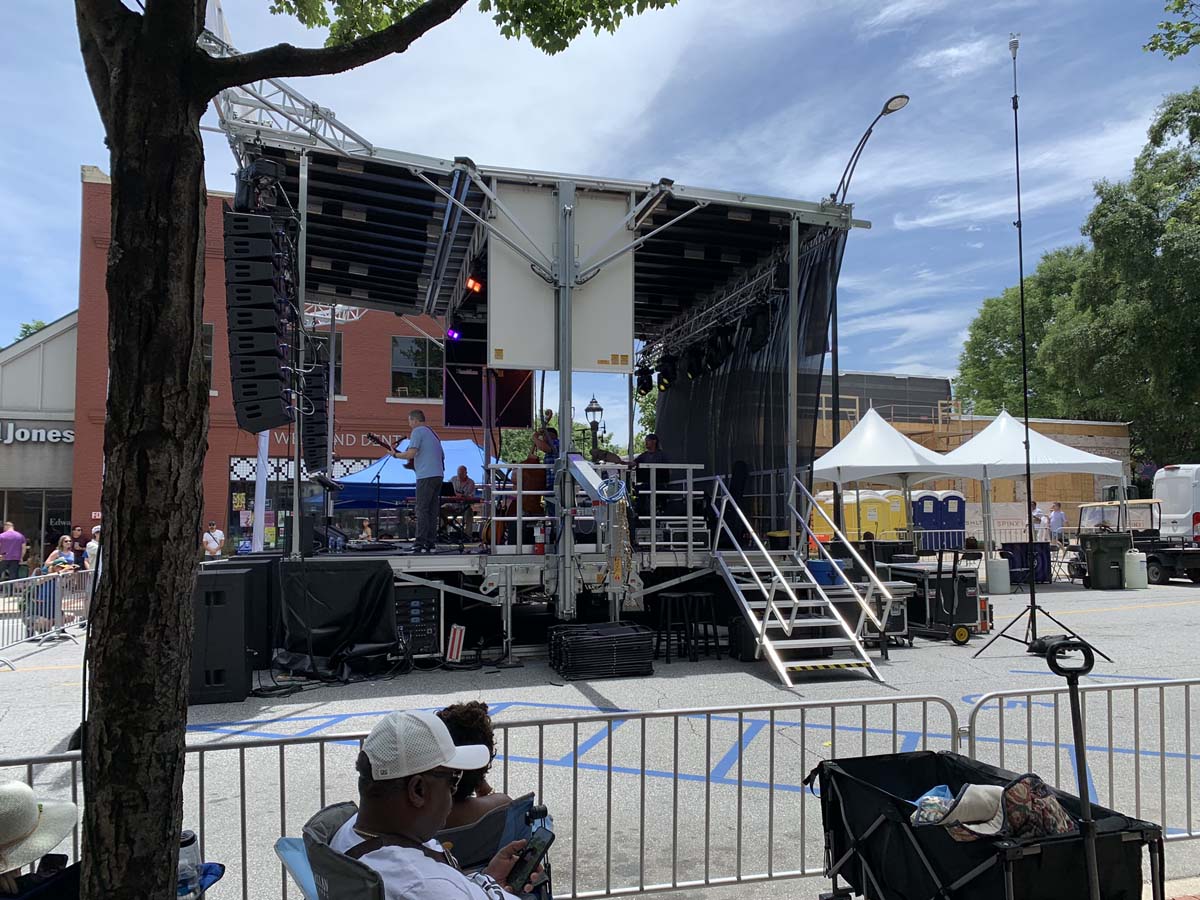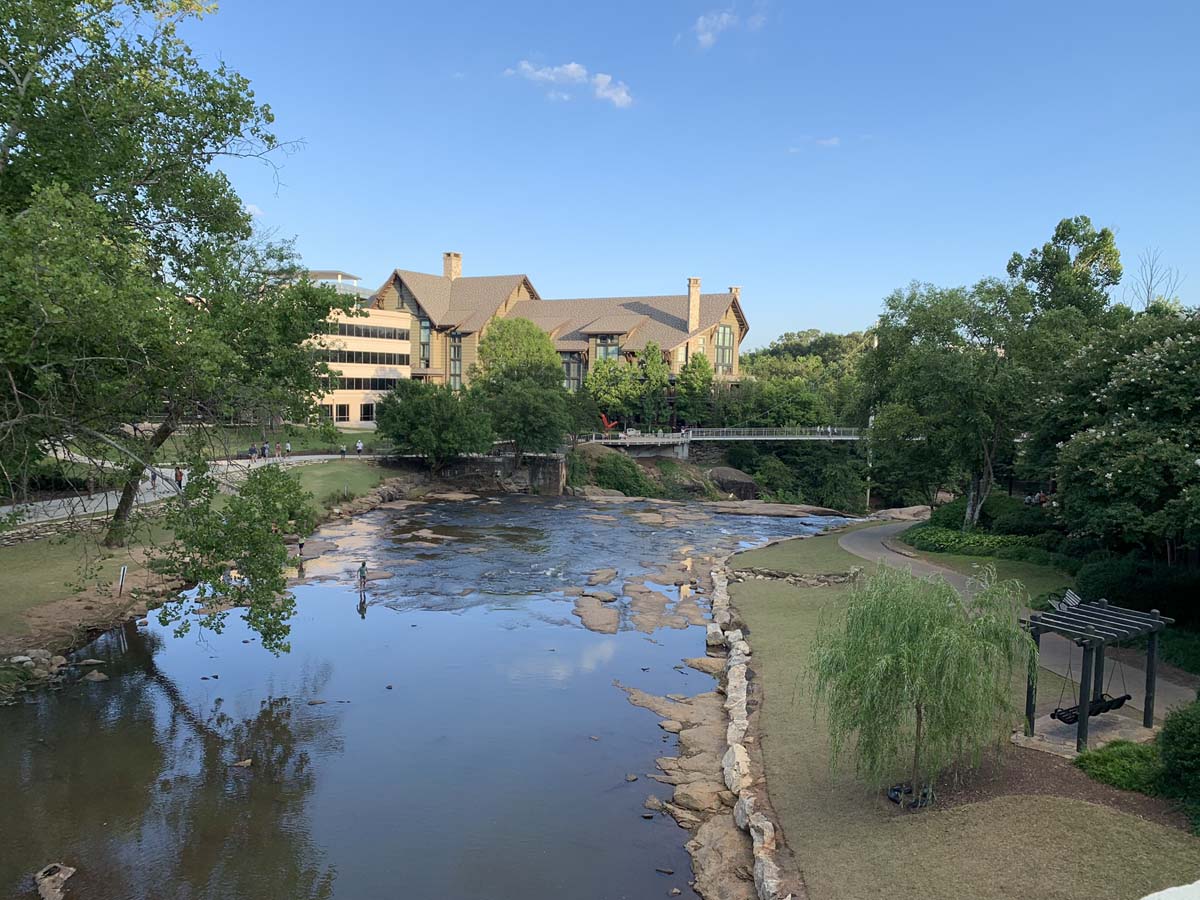Greenville, South Carolina, a city known for its rich history and picturesque beauty, is increasingly gaining recognition for its vibrant public art scene. A walk through the streets of downtown reveals a myriad of murals, sculptures, and installations that not only enhance the city’s aesthetic appeal but also inspire community engagement and foster a sense of belonging.
A report from the Greenville Office of Cultural Affairs [1] highlights the city’s commitment to public art, with over 100 pieces currently on display throughout the urban landscape. This dedication to public art can be attributed to the city’s comprehensive Public Art Master Plan [2], which was established in 2012 to guide the selection, creation, and maintenance of public art in Greenville.
Public art’s role in urban development and revitalization is well documented [3]. In Greenville, public art initiatives have transformed formerly underutilized spaces, such as the Village of West Greenville [4], into thriving hubs of cultural activity. This arts district, once a struggling mill village, now showcases an array of murals, galleries, and studios, attracting tourists and locals alike.
The benefits of public art extend beyond the aesthetic realm. According to a study by the National Endowment for the Arts [5], public art can have a positive impact on mental health, social cohesion, and civic pride. In Greenville, initiatives such as “Artists on the Loose” [6], a partnership between the city and local artists, aim to foster community engagement through public art workshops, pop-up exhibitions, and artist talks.
However, the role of public art in Greenville is not without controversy. Some argue that public funds should be allocated to other pressing community needs, such as affordable housing and infrastructure improvements. Additionally, concerns have been raised about the equitable distribution of public art throughout the city, with some neighborhoods lacking access to these cultural resources [7].
As Greenville continues to grow and evolve, the role of public art in shaping the city’s identity and fostering community connections cannot be understated. By engaging a diverse array of artists, community members, and city officials in the process, Greenville can ensure that public art continues to enrich spaces and transform lives for generations to come.
[1] Greenville Office of Cultural Affairs, “Greenville’s Public Art Collection,” https://www.greenvillesc.gov/ [2] City of Greenville, “Public Art Master Plan,” https://www.greenvillesc.gov/DocumentCenter/View/1095/Public-Art-Master-Plan-PDF [3] National Endowment for the Arts, “Public Art and Urban Revitalization,” https://www.arts.gov/publications/public-art-urban-revitalization [4] The Village of West Greenville, “Arts District Transformation,” http://www.villagewgvl.com/ [5] National Endowment for the Arts, “The Benefits of Public Art,” https://www.arts.gov/publications/benefits-public-art [6] Artists on the Loose, “Community Engagement Initiative,” https://www.artistsontheloose.com/ [7] Greenville Journal, “Equitable Distribution of Public Art in Greenville,” https://greenvillejournal.com/equitable-distribution-public-art/





